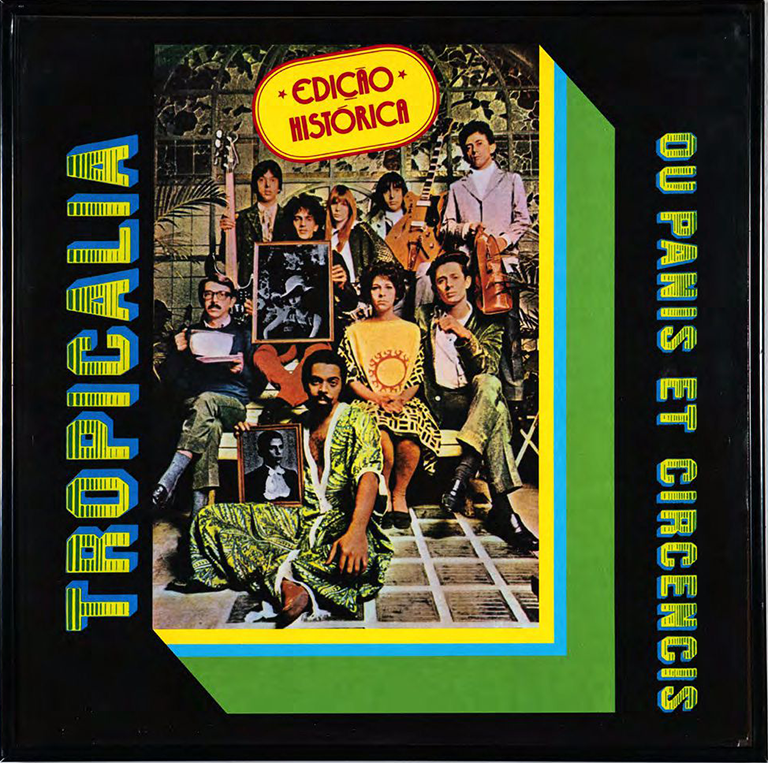

In the 1960s, the question of national identity loomed large in third world post-colonial and anti-imperialist movements. Looking back in his 1997 memoir Tropical Truth, the musician Caetano Veloso writes that the goal of the Tropicalists was “ to free ourselves from the Brazil we knew. We had to destroy the Brazil of the nationalists ...and do away once and for all with its image. ” At the same time, the artist Helio Oiticica argued in favor of the “ immediate reduction of all external influences to national models. ” The National was also a signifier for countercultures elsewhere in the Western world. It could be difficult todistinguish thehippie tribe from the national demographic, and the yippies professed a love/hate relationship to their “ Amerika. ” In an early essay on the hippies, British cultural critic Stuart Hall remarked that even Time magazine couldn't help noticing a “ pure American species ” under“ the long hair, the beads and the kaftans, ” while philosopher Marshall Berman commented on a similarity of spirit between“ the megalomaniac in the White House ” andthose protesting outside the Pentagon, shouting the words of The Doors’ song :“ We want the world and we want it now! ”
Since the poet Oswald de Andrade wrote his Manifesto antropofago — literally, “ manifesto of human-eating ”— in 1928, cannibalism has been a revenant concept for aspecifically
Brazilian social identity. A brain-child of the Latin American avant-garde, antropafagia was a critical concept for the movimento modernista and post-war aesthetic experimentation generally, most prominently the 1960s counterculture that came to be called “ Tropicdlia. ” Artists like Oiticica rejected Anglo-American psychedelia and proposed instead the
concept of the “ suprasensorial ” as an explicit alternative to the example of Leary and co.— a rejection that questioned psychedeha’s universal status, as well as its formative relation to countercultures outside the U.S. As a quasi-mythical cannibalization of symbolic forms, then, anfropafagia offers yet another perspective on psychedelia’s perpetual proliferation.
– “ Block and White Psychedelia, ” Dexter Bang Sinister, Bulletins of The Serving Library 44, 2012
Tropicália ou Panis et circensis LP sleeve, 1968, 32.5 x 32.5cm